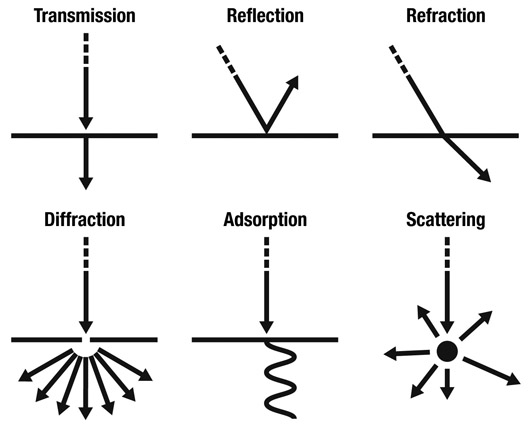In 2015, Carla Gannis released The Selfie Drawings, a set of digital drawings expressing “the self”. It was then expanded in 2017, forming the narrative basis for Gannis’ 2017 exhibition: Until the End of the World.


From the Origin to the year 10 000, the exhibitions shows an imagined evolution of humanity, a sort of apocalypse in which “you ain’t need no husband” because you can have virtual children, et cetera.

As Wittkower aptly states, many things “might seem to mean nothing, and yet be taken to mean something”. Your virtual children are only real when you perceive them to be so. With this in mind, the seemingly surrealist images can be perceived as more than nothing, as a presentation of the self, albeit in a stranger form, but perhaps also truer in being able to manipulate new mediums to express yourself in different ways.


However, there is a caveat in the overriding of the actual self. “They made monsters of themselves which they could not tolerate nor do without,” says the voiceover of the 1991 movie of the same name. Without regard for the physical space they focus on the digital self, a somewhat revolting notion.
Nevertheless, as Deresiewicz suggests, it is not possible to “develop the capacity to have a sense of self separate from the community” without a certain level of isolation. This explains why we accept this form so readily: Though teeming with others, the digital realm can also be your own, allowing you to explore yourself, which is craved in a world where “you” are not important (Schopenhauer, 2014).

Certainly, Gannis’ work reflects the new forms of self available in the digital identity, and how we still engage in it because of its appeal, even if it may seem vaguely self-destructive.
(Featured image from 1991’s Until the End of the World. Claire’s psychedelic dream, which probably inspired the madness of Gannis’ portrayal, in that dreams are not unlike the unconscious mind.)
- Deresiewicz, W. (2009). “The End of Solitude”. in The Chronicle of Higher Education. (link) (as referenced by Wittkower)
- Gannis, C. (2015). “The Selfie Drawings”. on Carla Gannis. (link)
- Gannis, C. (2017). “Until the End of the World”. on Carla Gannis. (link)
- Gannis, C. (2017). “Until the End of the World”. on Vimeo. (link)
- Schopenhauer, A. (2014). “On the Vanity of Existence.” in Studies in Pessimism. The University of Adelaide. (link) (as referenced by Wittkower)
- Wenders, W. (1991). “Until the End of the World”.
(around 0:50:00 to 0:53:00 of a certain kind-of-illegally uploaded Part 3, don’t sue me thank you) - Wittkower, D.E. (2010). “A Reply to Facebook Critics”. in Facebook & Philosophy: What’s on Your Mind?. Open Court. (link)



I am very impressed with your comparison of Gannis’ work with the inspiration of the project, the film by Wim Wenders, “Until the End of the World.” Just as Claire seeks to find herself in the imaginary construction of her dreams, Gannis looks to her digital self for introspection, analysis, and prediction of our future. So one thing I would have like to have seen you discuss here, is how Gannis’ artistic critique of the self as portrayed through her selfies by situating them in virtual environments, relates to the malleability of identity whether portrayed in the digital realm or in the space of our dreams. Very well researched and written!!